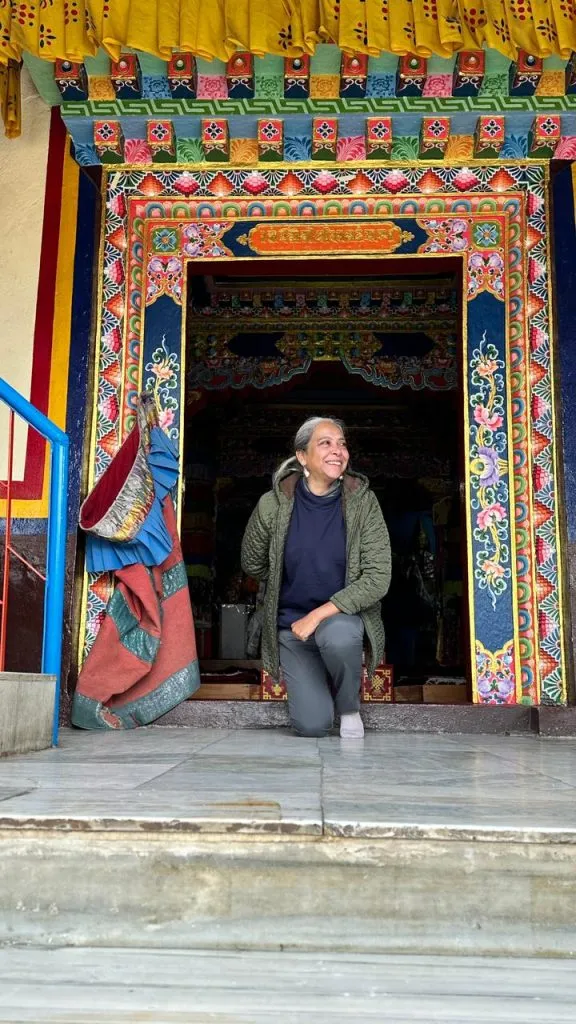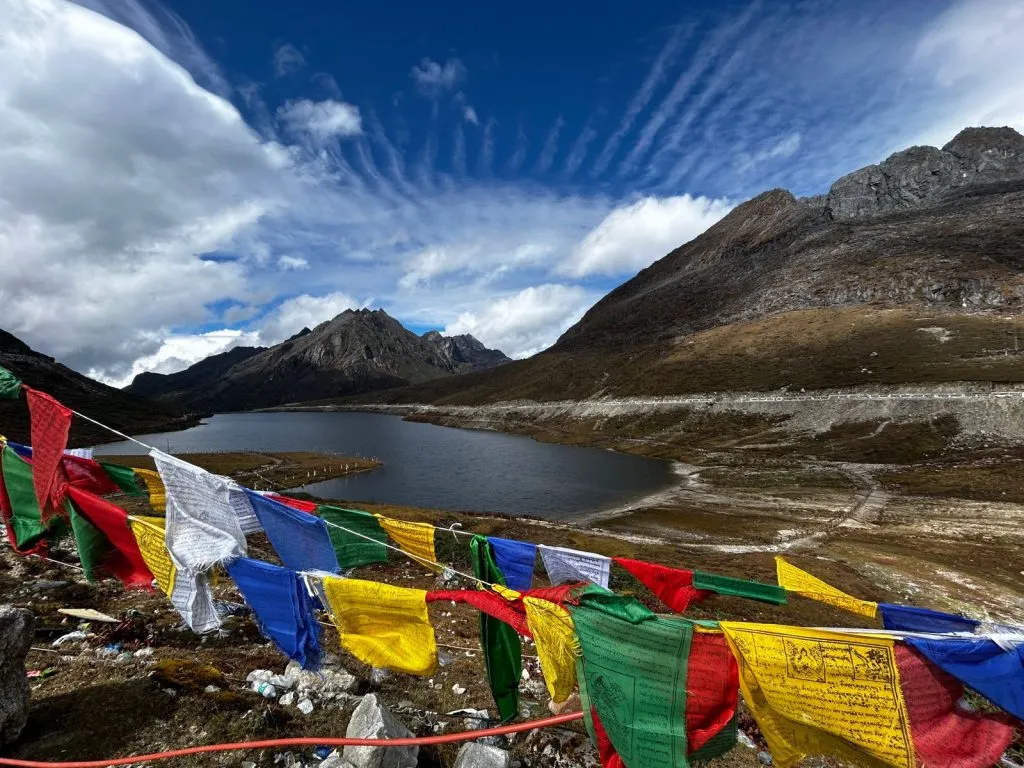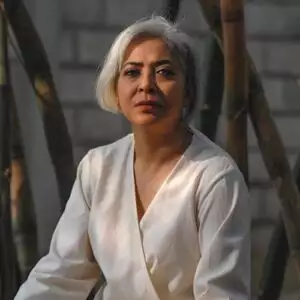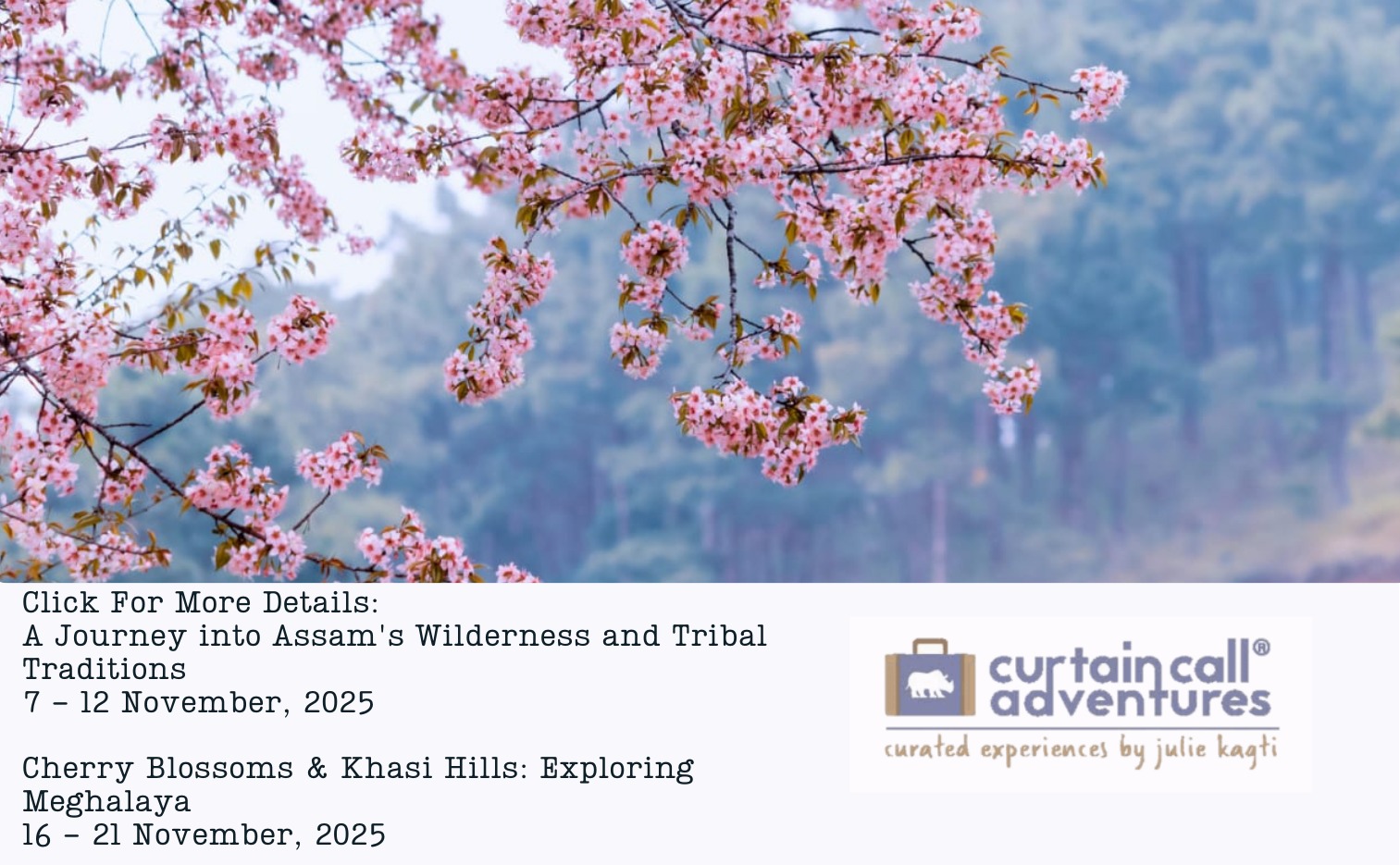The road to Tawang felt like a slow unfurling of the world. Each bend opened onto a new valley, each valley a different shade of green, and by the time I reached the district where the Monpa communities live, I had the sense of stepping into a place that refuses to be hurried. My days were a patchwork of small, luminous moments—hours spent in prayer halls and kitchens, in fields and markets, in the company of people whose lives are stitched to the land and to traditions that go back generations.
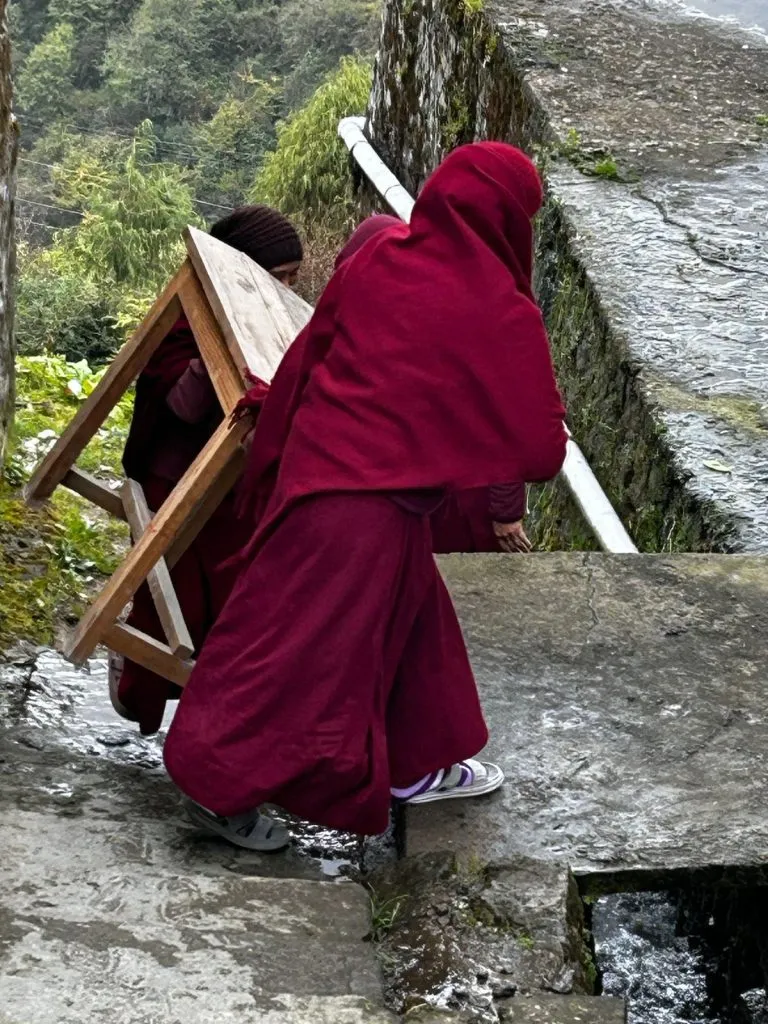
One of the first places I visited was an Ani Gompa, a monastery inhabited by nuns whose calm, steady presence shaped the rhythm of the compound. I arrived during a morning puja; the scent of butter lamps and juniper drifted through the corridors while the chanted mantras threaded the cold mountain air. I was welcomed with gentle curiosity. Over cups of salty butter tea I learned how these women balance spiritual practice with practical tasks—teaching, tending gardens, and keeping the monastery alive. Their laughter felt as essential as their discipline.
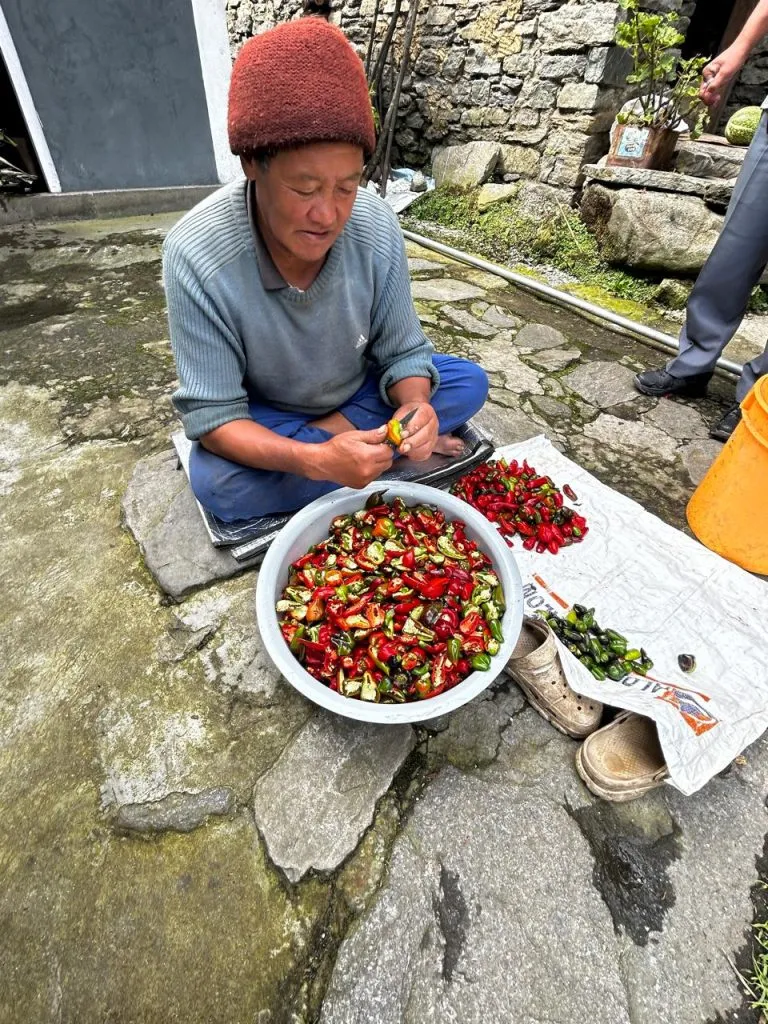
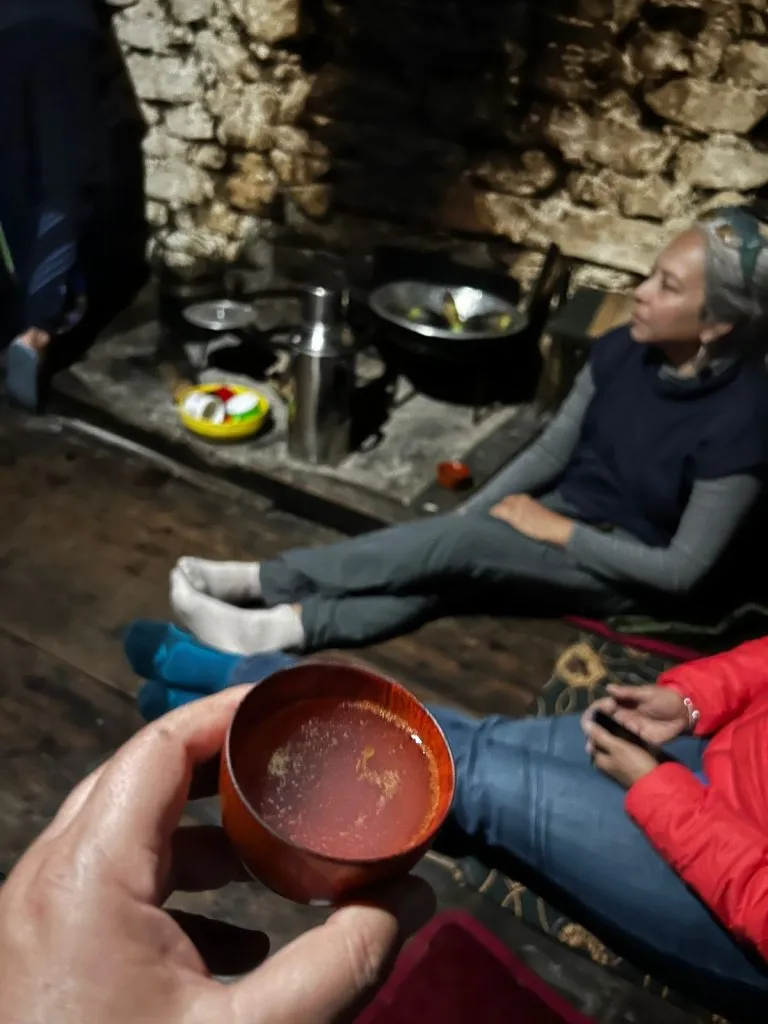
Not far from the monastery, I spent a morning with yak herders on the high meadows. The yaks were patient, shaggy beings whose milk sustains families in a hundred ways. I watched, hands sticky and warm, as the herders churned milk into butter and pressed curds into a dense, tangy cheese—the local variety of yak cheese that families rely on through the long winters. We shared a simple meal: warm steamed bread, fresh cheese, and tea. There was a humility to the meal that made every flavor count.
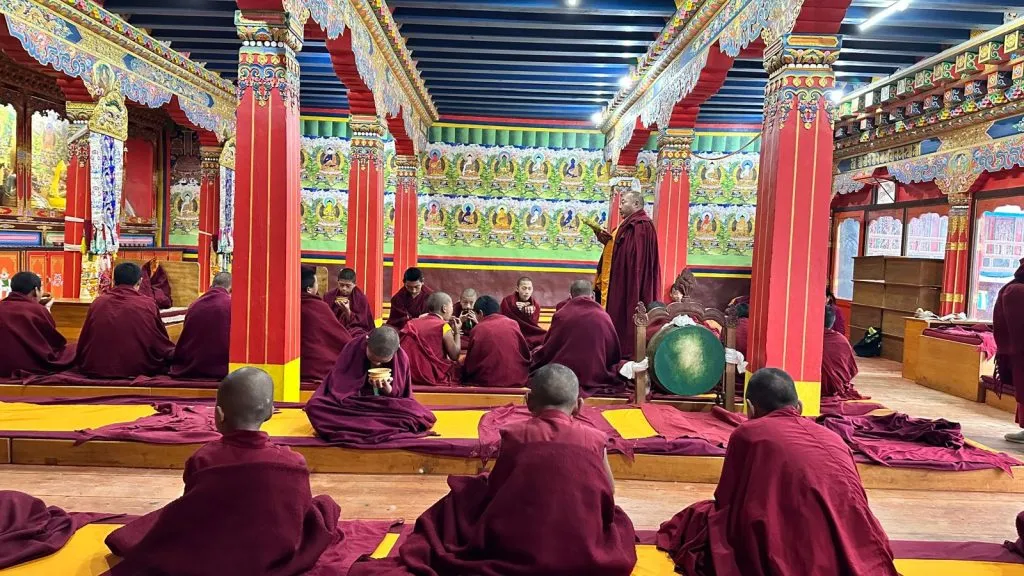
At The Gaden Namgyal Lhatse, the main monastery in Tawang I was fortunate to sit in on teachings of Tibetan Buddhism. The monastery is not a museum of the past but a living institution—ritual, debate, and study coexist. Monks and older lay practitioners invited me into conversations about compassion and impermanence, and even as my vocabulary in Tibetan was rudimentary, I felt the depth of those teachings through gestures, smiles, and cups of tea. I learned that spirituality here is woven into the everyday: the fields, the kitchens, the marketplaces.
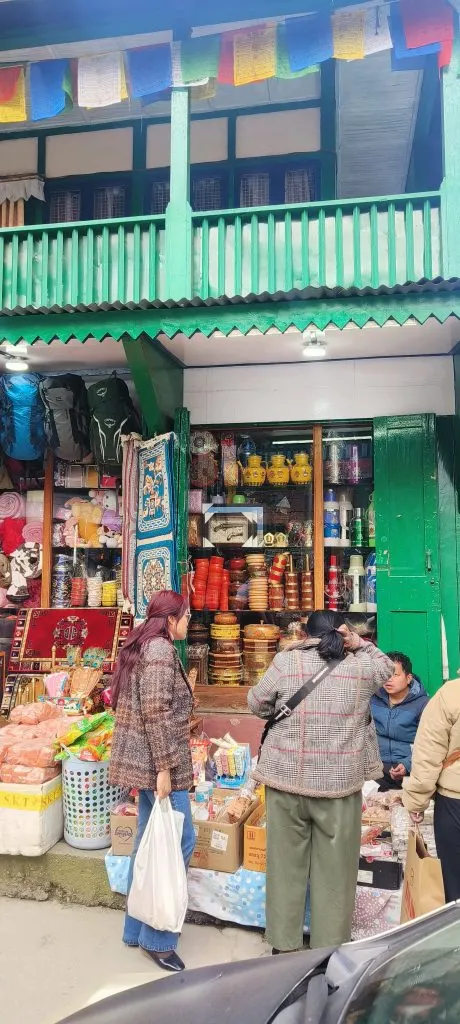
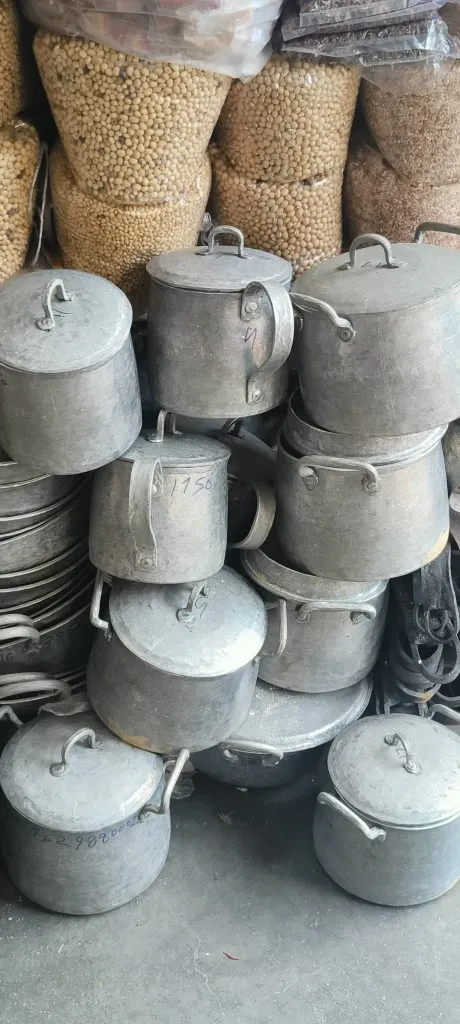
Speaking of markets, the local bazaars in Dirang and Bomdila were a joy of color and textures. Stalls displayed handwoven carpets, ropes of dried chillies, jars of medicinal herbs, and stacks of fresh produce. I discovered textiles made with incredible patience—wool spun and dyed, patterns passed down through women’s hands. I watched carpet weavers—fingers deft and sure—translate stories into knotwork. In a low-roofed shop, I watched artisans make paper from local fibers, a labor-intensive process that produces sheets with the faint scent of earth and moss. These crafts are not mere souvenirs; they are living economies and carriers of memory.
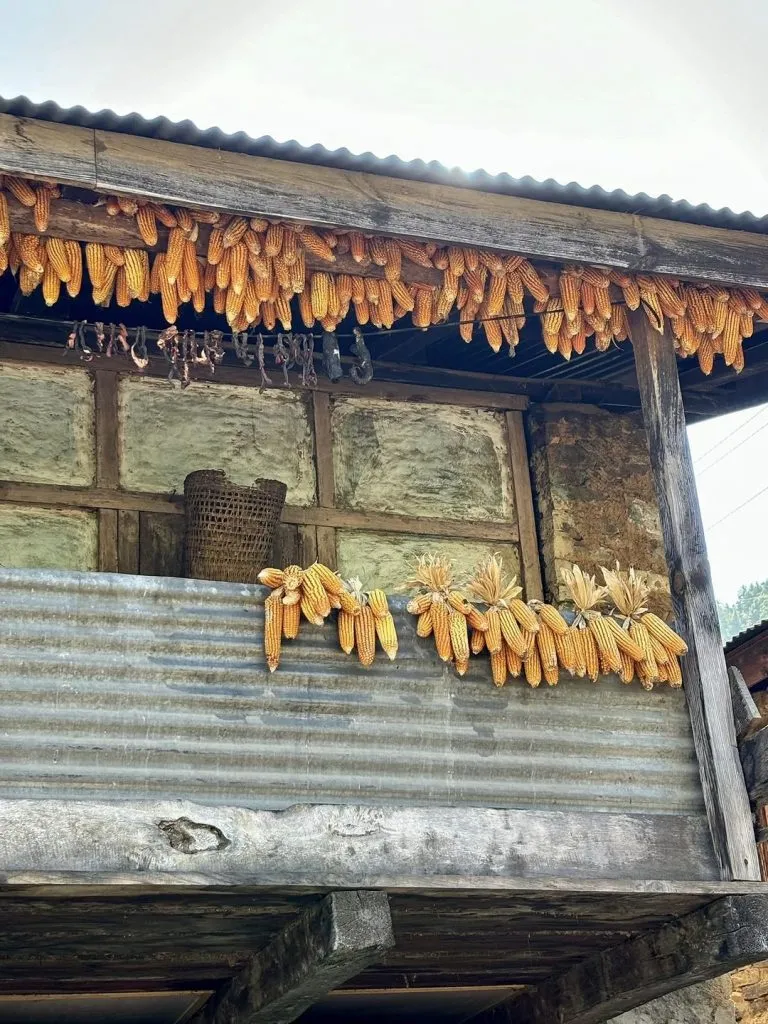
A trek on the hillsides below the monastery gave me a different perspective: terraced fields, the fractioned light of late afternoon, and the hum of insects. I walked through paddies and millet plots, brushing past wild cosmos flowers gone mad with color. Farmers waved from small platforms, their faces the color of sun-dried wood. In some valleys, ancient stone architecture stood in mute testimony—houses and chortens with the neat geometry of bygone centuries. In the old Kitpi village, narrow lanes wound between compact stone homes; elders sat outside, and I felt the quiet weight of age and continuity.
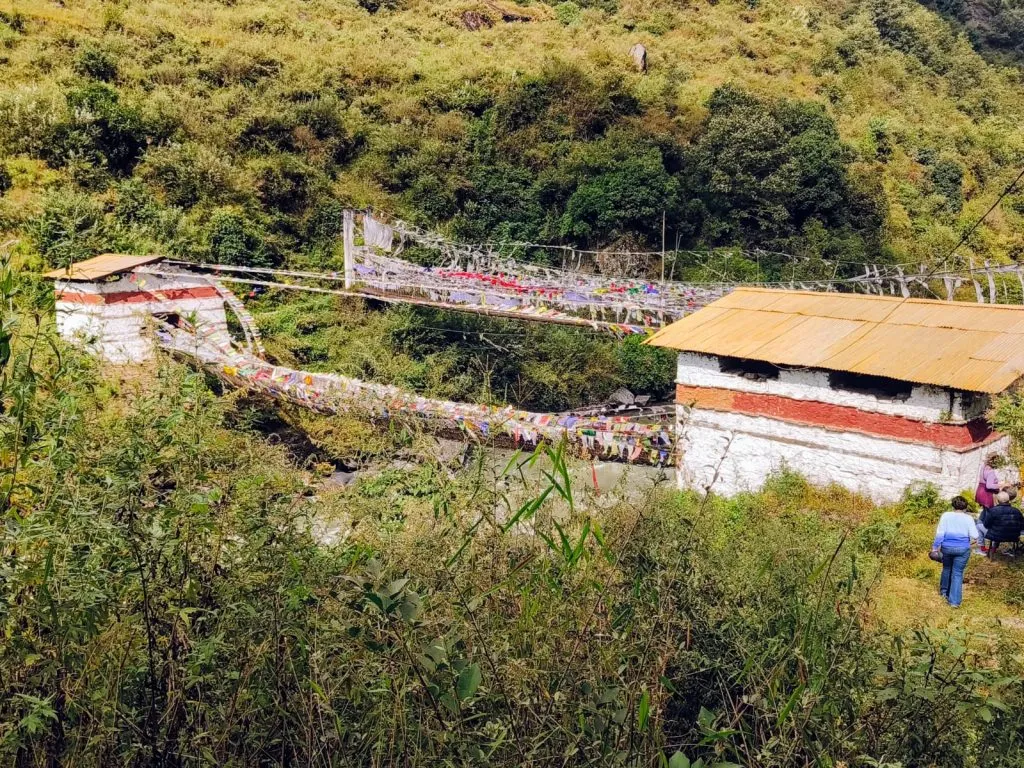
One day I crossed a bridge that was built eight centuries old—an iron span that seemed to lean into the river as if to listen. The water below carved its story in rock and the air smelled of wet earth and mountain herbs. Standing there, it was easy to feel how human craft and natural endurance intersect: stone, metal, and water keeping each other company through time.
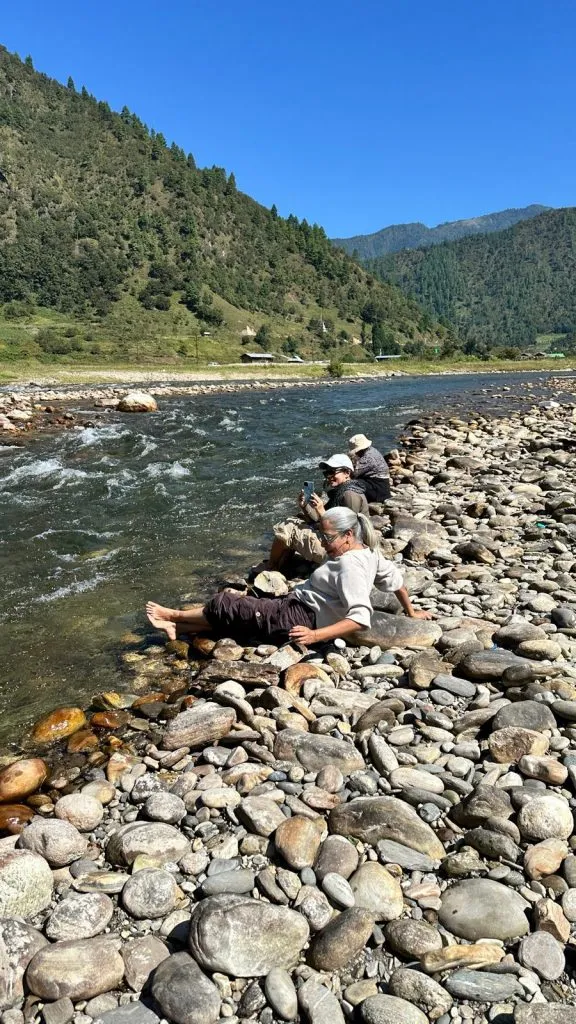
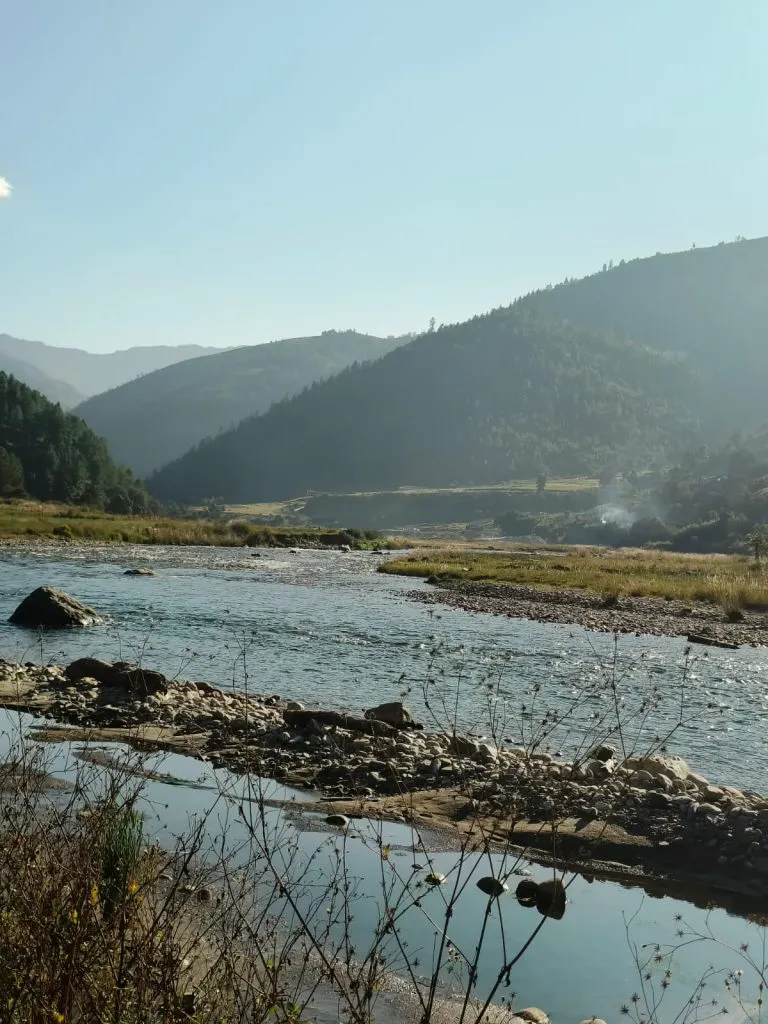
The region’s flora and fauna offered small but unforgettable encounters. Bright rhododendron blooms made hillsides look aflame; butterflies flitted like living petals. I spotted Himalayan birds I had only seen in books and once followed the ephemeral tracks of a muntjac deer through a fog bank. The biodiversity here is intimate; nothing feels manufactured—everything participates in a delicate, ongoing exchange.
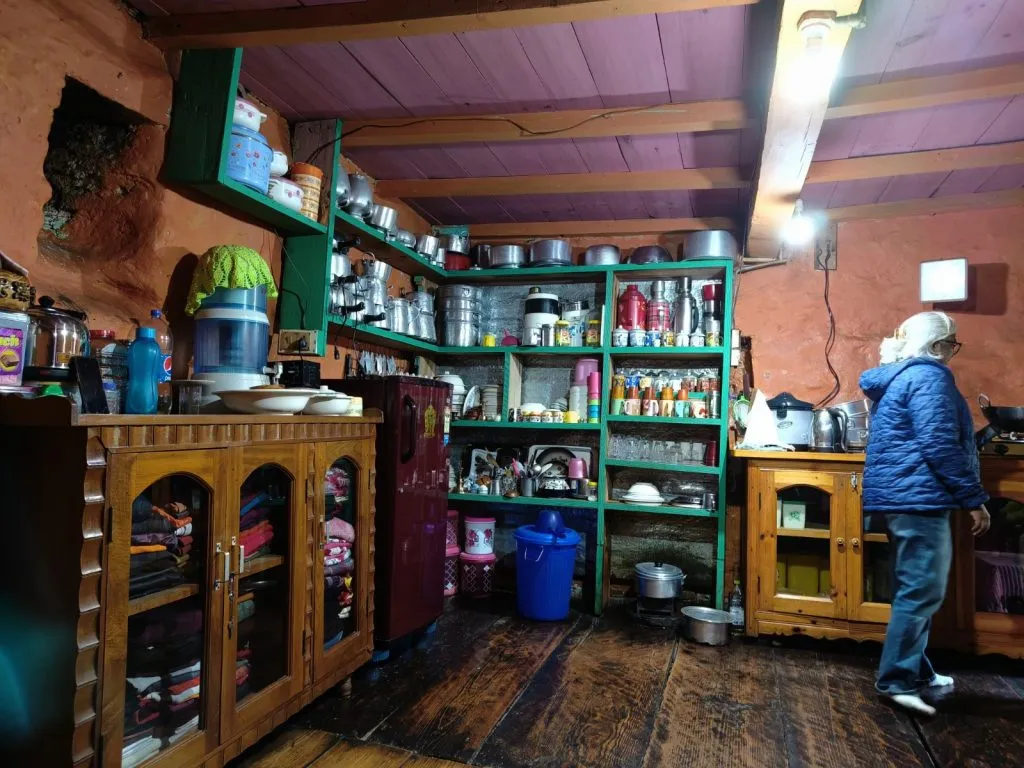
In Tawang I took part in a traditional Monpa food workshop. We ground millet, learned to fold dumplings, and tried our hands at local pickles and preserves. Food here is built on preservation and process: curing, smoking, drying—techniques that turn seasonal abundance into provisions for lean months. In Dirang one evening, over a communal meal, recipes and stories were exchanged like currency, and I left with a satchel of hand-made cheese and the memory of a simple bowl that tasted like a home I had only just started to know.
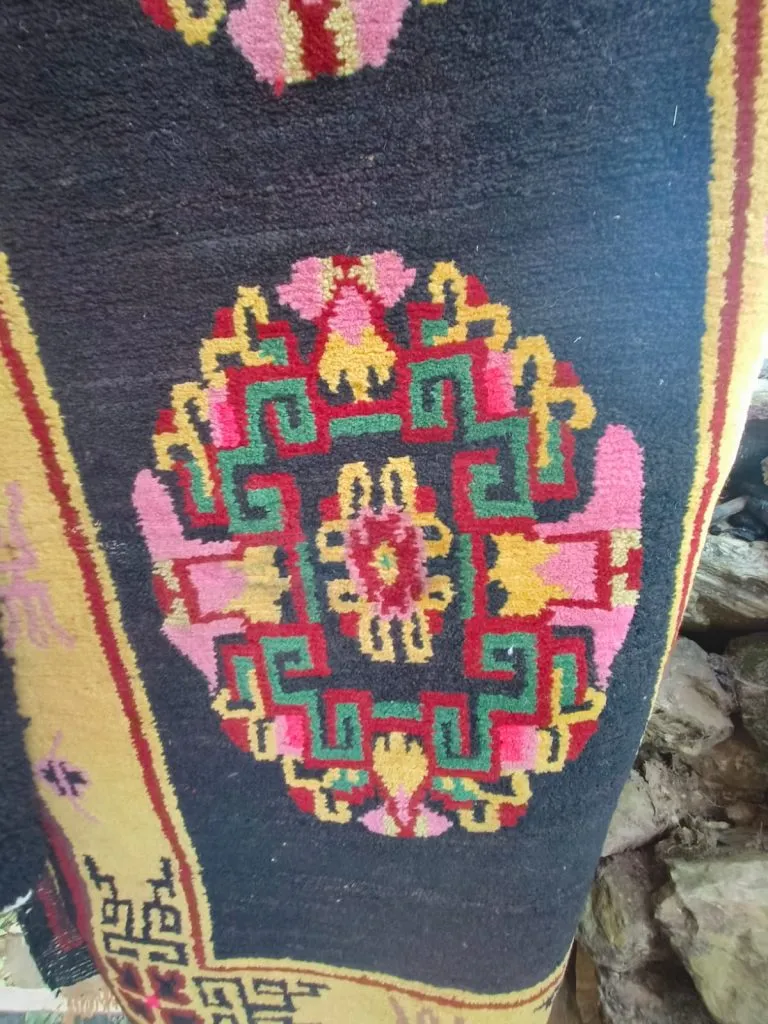
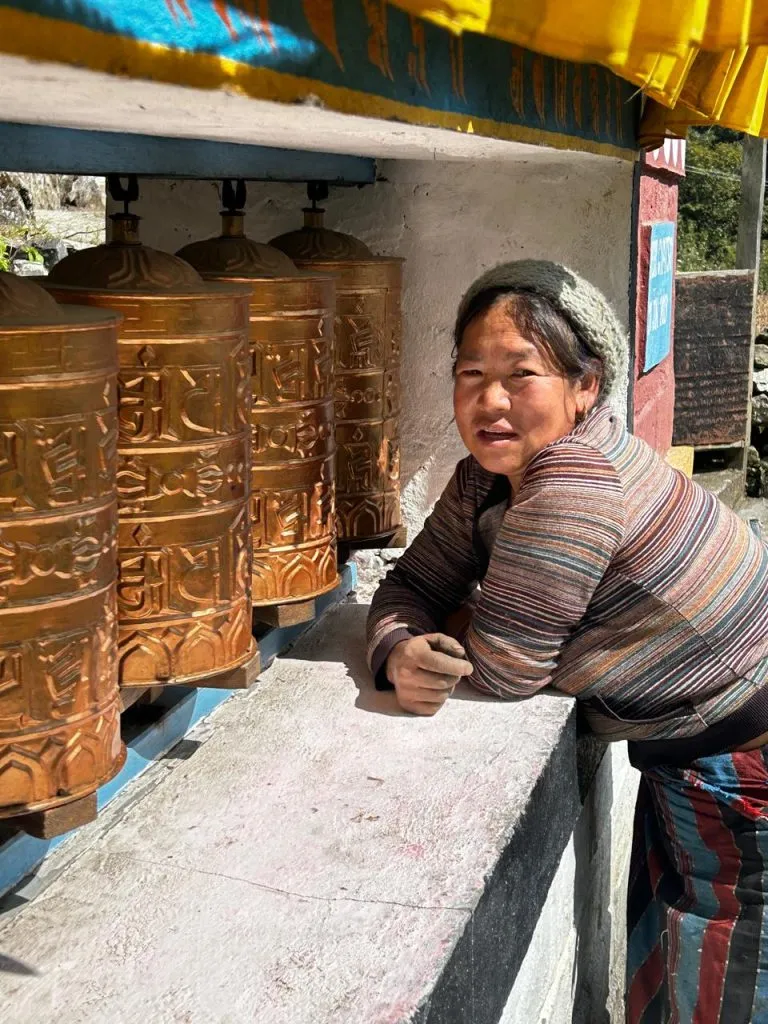
Leaving Tawang, I carried more than photographs. I carried the soft imprint of daily rituals—the calluses of a weaver, the steady rhythm of monastery bells, the way a herder’s laugh breaks the morning. The Monpa communities live with a practical grace that honors the past without being trapped by it. My journey there was less about reaching a place than about learning to slow down enough to be taught by its people, its crafts, and the extraordinary landscape that holds them all.
